Table of Contents
Pre-rolls offer convenience and consistency for cannabis consumers, but many wonder about their shelf life and potency retention. Like all cannabis products, pre-rolls are subject to natural degradation processes that affect their potency, flavor, and overall quality over time. Understanding these changes can help consumers and retailers alike maximize the lifespan of these popular products.
Potency Degradation Factors in Pre-Rolls
Several environmental factors contribute to the degradation of cannabinoids in pre-rolls:
Light Exposure
UV light rapidly breaks down THC and other cannabinoids. Studies show that cannabis exposed to light can lose up to 16% of its THC content in just one year. Pre-rolls are particularly vulnerable since the ground flower has increased surface area compared to whole buds.
Temperature Fluctuations
Heat accelerates chemical reactions that convert THC to CBN, a cannabinoid with more sedative and less psychoactive effects. Temperatures above 70 °F significantly speed up this process, while cooler temperatures slow degradation.
Oxygen Exposure
Oxidation converts THC to CBN through a process called decarboxylation. Once cannabis is ground for pre-roll production, whether machine-made or hand-rolled, the increased surface area accelerates oxidation.
Humidity Levels
Both excessive dryness and moisture negatively impact pre-rolls. Too dry, and terpenes evaporate, affecting flavor and entourage effects. Too moist, and mold becomes a risk, potentially rendering products unsafe for consumption.
THC Degradation Timeline for Pre-Rolled Products
The degradation of pre-rolls follows a relatively predictable timeline:
- 1-3 months: Minimal potency loss (3-5%) with proper storage. Flavor and aroma remain largely intact.
- 3-6 months: Moderate degradation (10-15%) becomes noticeable. Terpene profiles begin to flatten, affecting taste and smell.
- 6-12 months: Significant potency reduction (20-30%) and terpene loss. The high may feel different as THC converts to CBN.
- Beyond 12 months: Major degradation (40%+) with substantially altered effects and diminished flavor.
This timeline can be extended or compressed based on storage conditions. For comparison, pre-rolls versus other consumption methods may degrade at different rates due to their preparation and typical storage.
Optimal Storage Solutions for Pre-Roll Preservation
Proper storage significantly extends pre-roll shelf life and potency:
Airtight Containers
Airtight storage prevents oxygen exposure and helps maintain humidity levels. Many consumers use specialized containers with secure lids that create an optimal environment for preserving cannabinoids and terpenes while meeting child-resistance requirements.
Temperature Control
Store pre-rolls in a cool, dark place. Ideally, temperatures should remain between 60-70 °F (15-21 °C). Refrigeration can extend shelf life but requires proper humidity control to prevent moisture issues.
Humidity Regulation
The ideal relative humidity (RH) for cannabis storage is 59-63%. Humidity control packs can maintain this range, preventing both dryness and mold development.
As explained in this guide on pre-roll storage, combining these methods creates the optimal preservation environment.
Comparing Pre-Roll Storage Methods
Different storage solutions offer varying degrees of protection:
- Original Packaging: Typically provides moderate protection but may not be airtight once opened.
- Glass Tubes: Excellent for short-term storage and portability, but limited humidity control.
- Doob Tubes: Convenient for transport but generally not ideal for long-term storage.
- Humidor Boxes: Premium option that controls humidity and protects from light and air.
- Vacuum-Sealed Containers: Excellent for removing oxygen but may compress pre-rolls.
For partially consumed pre-rolls, special considerations apply. Saving half-smoked pre-rolls presents additional challenges as the lit end creates compounds that can affect flavor and potency.
Preserving Pre-Roll Potency: Best Practices for Consumers
To maximize the lifespan and quality of pre-rolls, consumers should:
- Purchase in quantities that will be consumed within 1-3 months.
- Transfer pre-rolls from dispensary packaging to proper storage immediately.
- Consider the composition of the pre-roll, as infused pre-rolls may have different degradation patterns than standard ones.
- Use humidity control packs and airtight containers for all storage.
- Store containers away from heat sources, direct sunlight, and areas with temperature fluctuations.
- Check stored pre-rolls periodically for signs of mold or excessive dryness.
Understanding what's inside your pre-roll can also inform better storage decisions. Knowing whether your pre-roll contains just ground flower or includes other materials helps determine optimal storage conditions.
The typical lifespan of a properly stored pre-roll can vary based on consumption habits. While a single pre-roll's usage duration depends on personal factors, its chemical potency is more predictable and can be preserved through proper storage techniques.
By implementing these storage best practices, consumers can significantly slow the natural degradation process, ensuring their pre-rolls maintain potency, flavor, and quality for much longer periods.

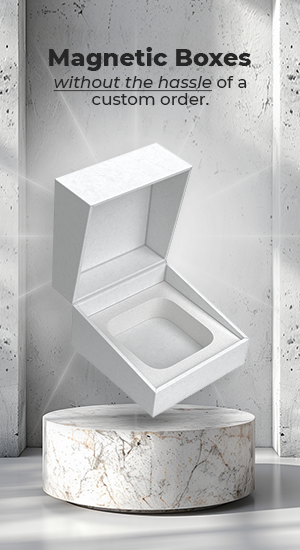

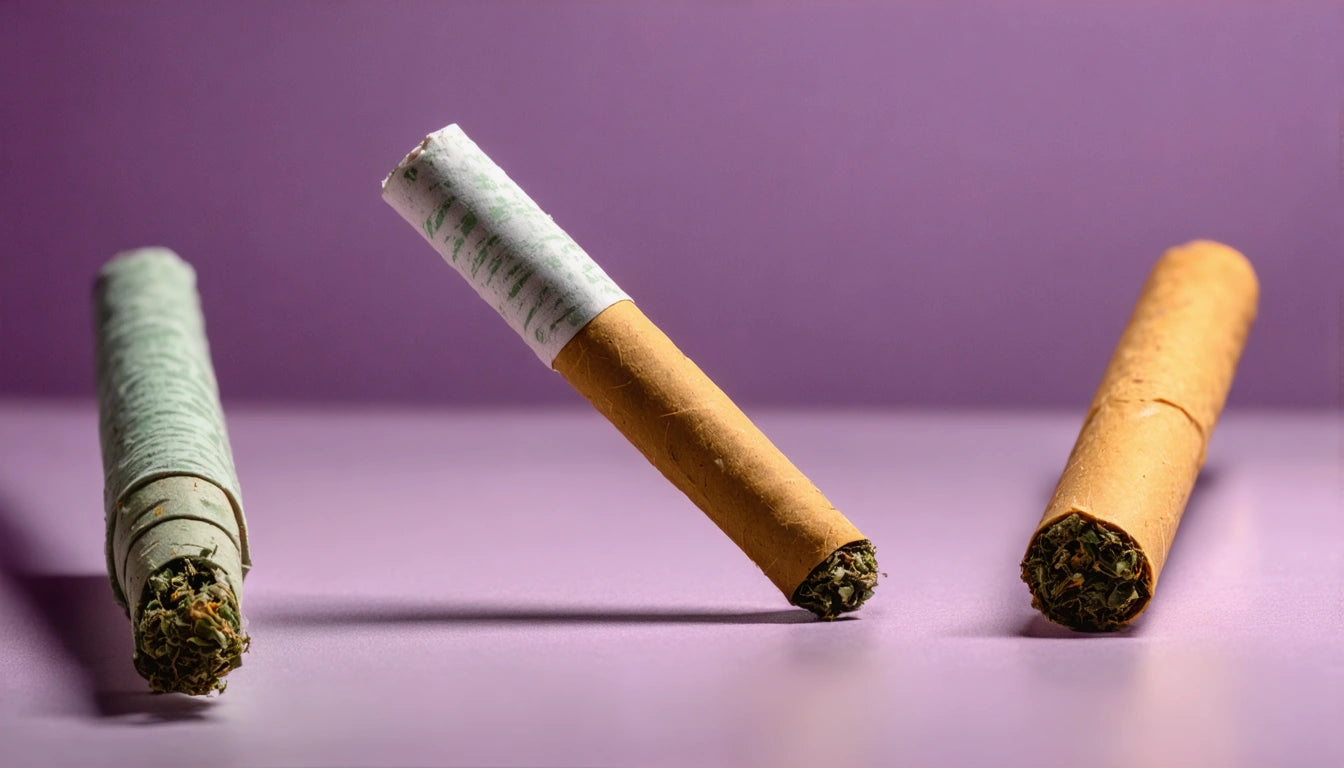
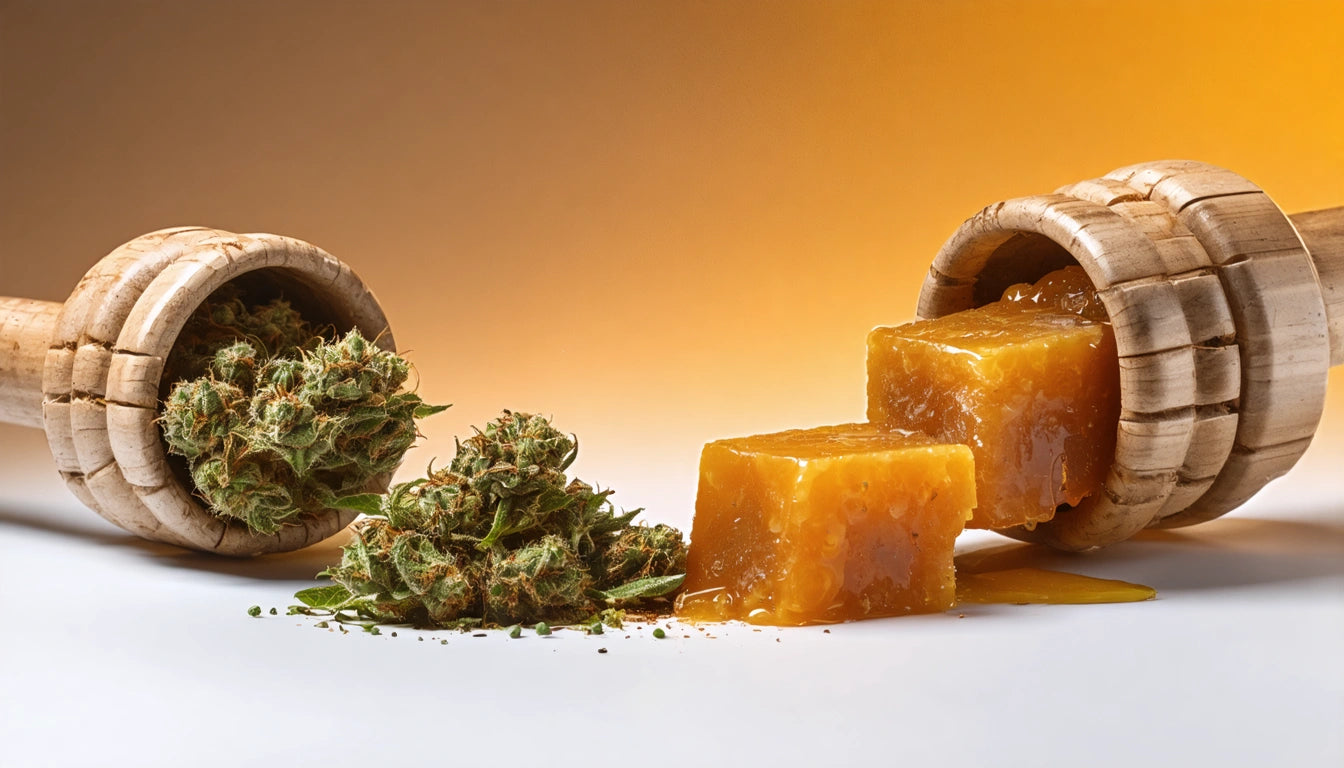

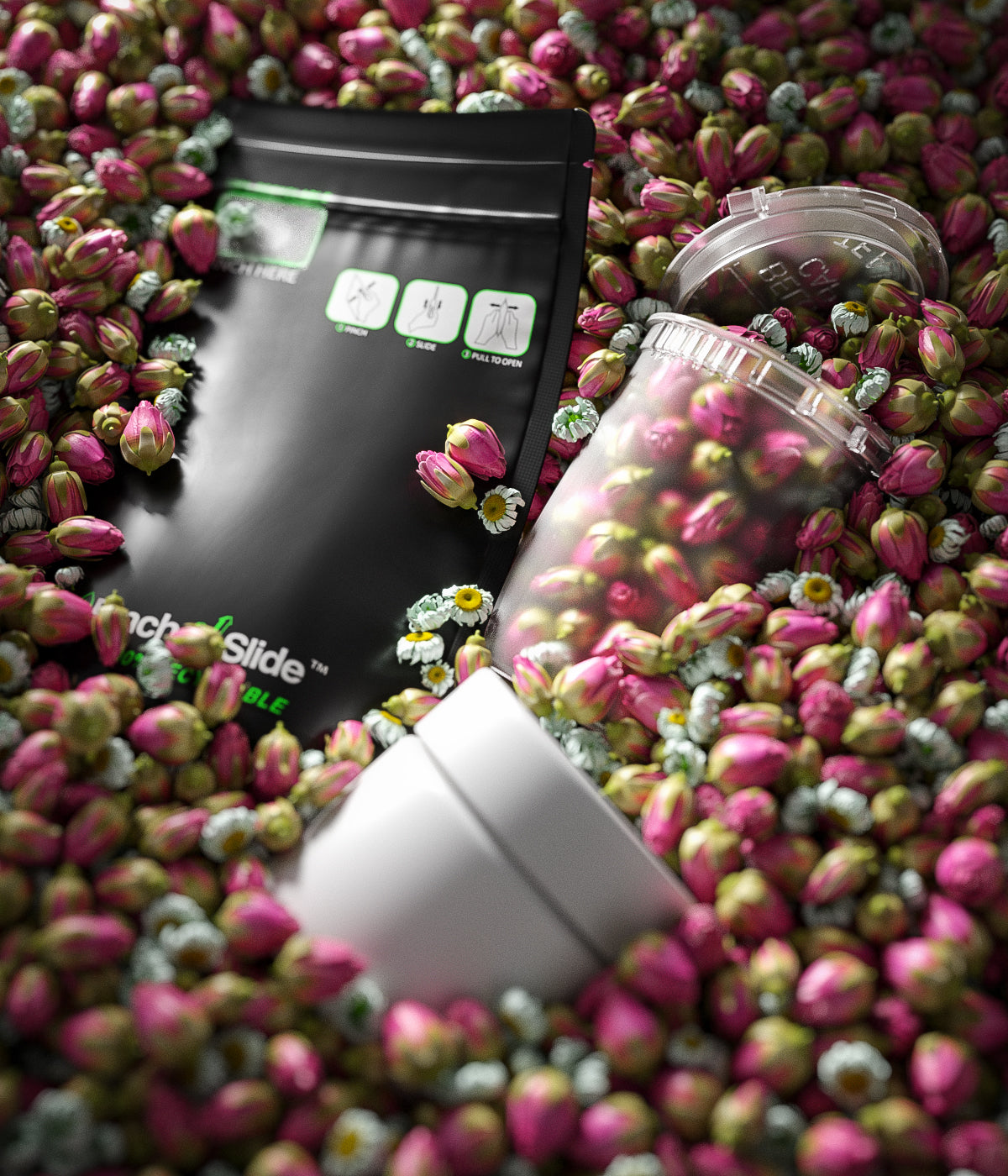
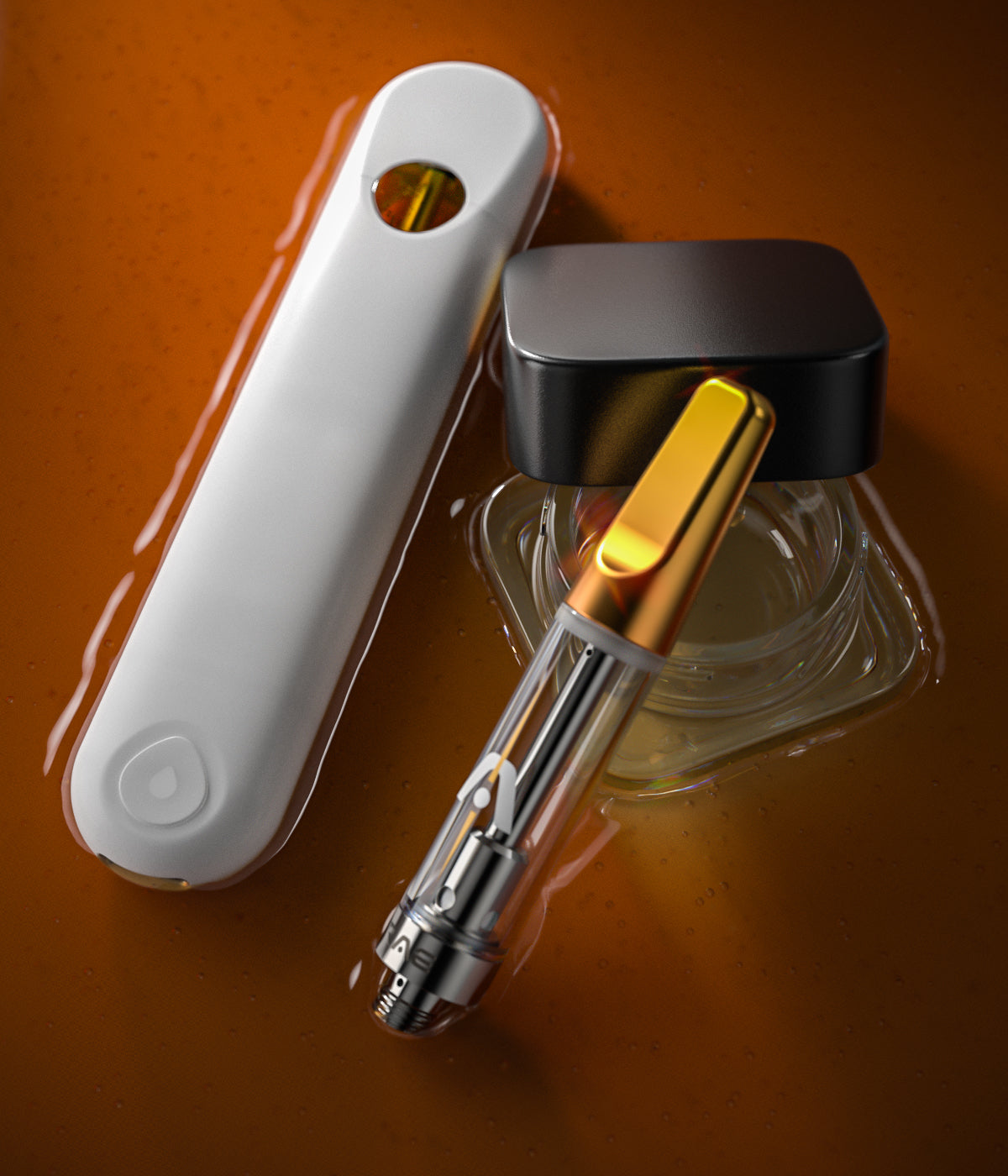
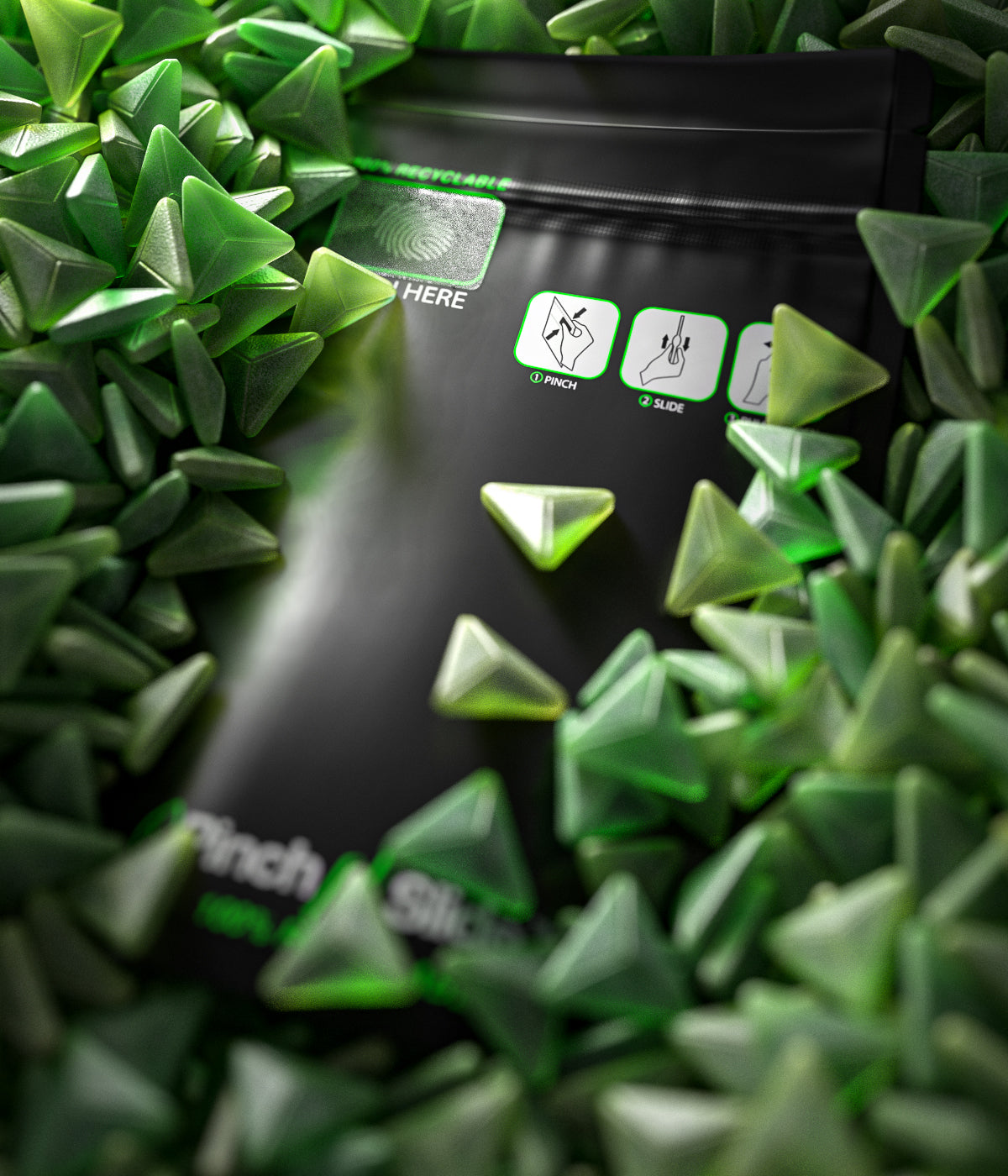
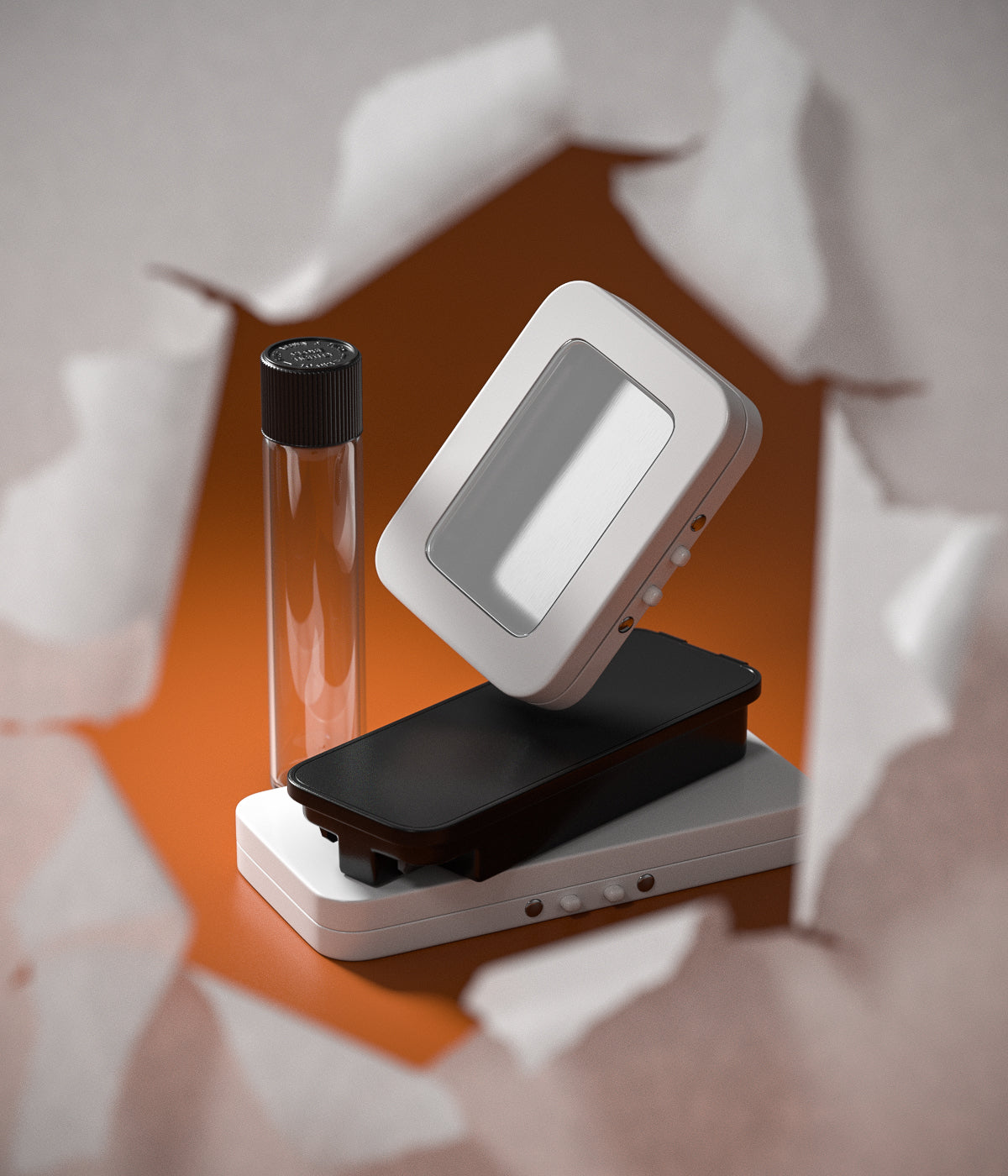
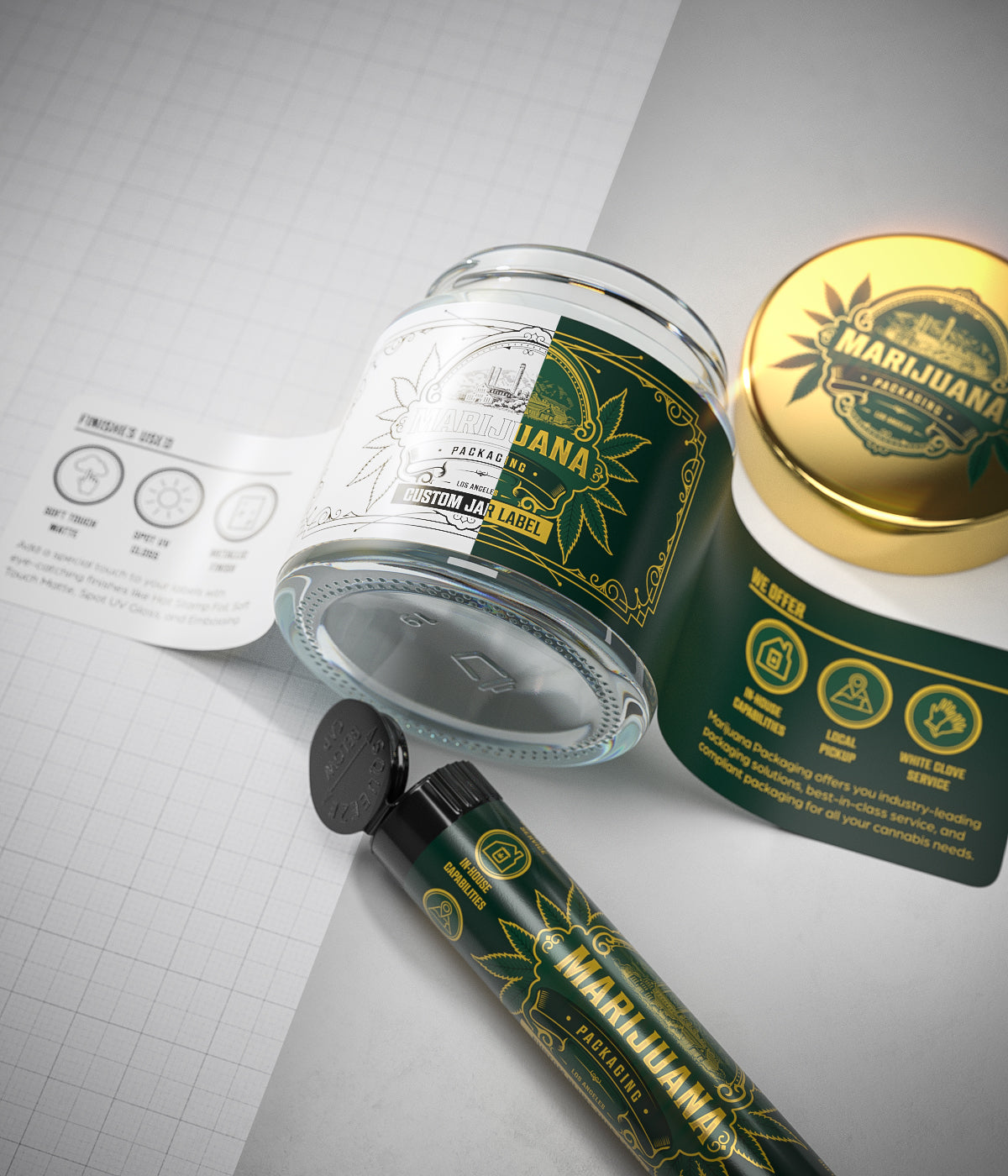
Leave a comment
All comments are moderated before being published.
This site is protected by hCaptcha and the hCaptcha Privacy Policy and Terms of Service apply.